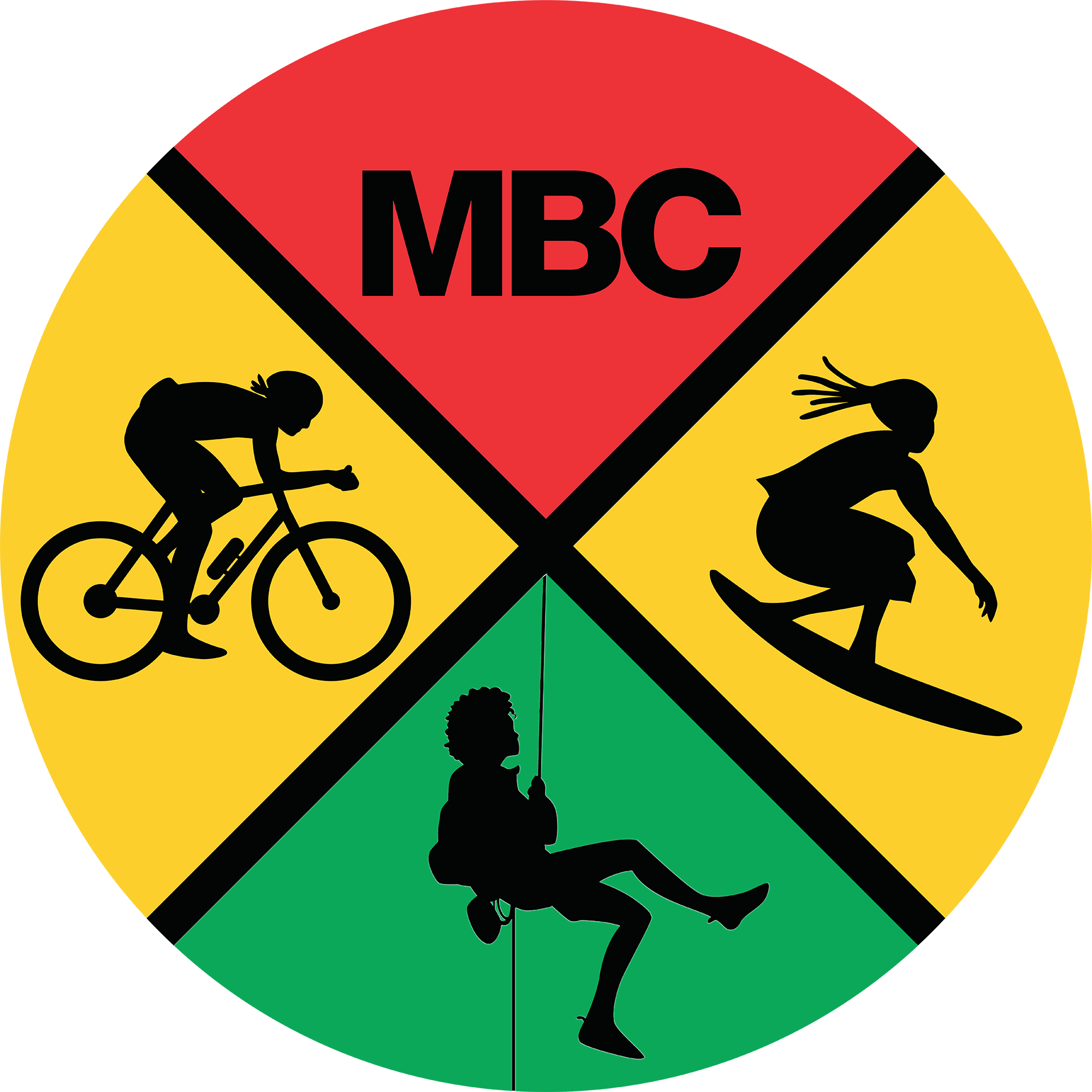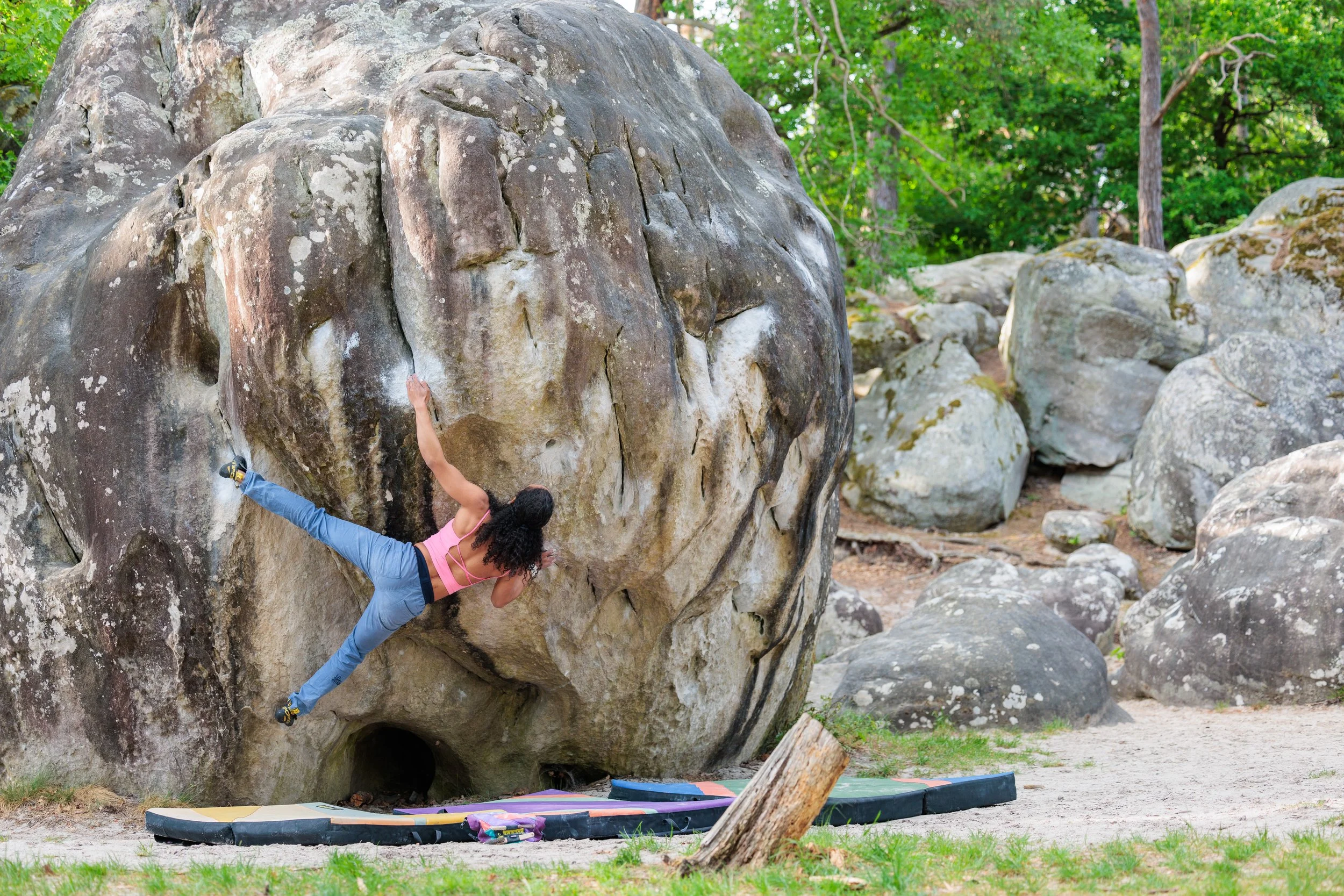Mountaineering as a Woman of Color
I didn’t grow up in an affluent household. More importantly, I didn’t grow up with an understanding of how to manage my finances. By the time I enrolled in college, a bit later than most, I was given “free” money via loans for living expenses and other needs. Let’s just say how I managed my money was not wise, and while I knew I had to pay it back…eventually, that was future Rebecca’s problem. I didn’t plan on going to graduate school, but it just fell into place, which meant a heck of a lot more debt to repay on top of my undergraduate costs.
Skipping into the future, a tad, I discovered mountaineering—something I absolutely needed—because graduate school drained me physically and mentally. I was searching for a way to recover, and nature therapy provided just that.
Today, I’m pretty psyched to call myself a mountaineer. I absolutely love the sport, and when I’m not on a mountain, I’m already dreaming of my next climb. Having said that, I discovered very quickly that those euphoric moments come at a considerable cost. Those costs are especially detrimental to complete newbs like I was when I started out. Without the requisite knowledge and experience I ended up buying everything that I was told I “needed” without question.
Later down the road, I realized I had purchased incorrect gear designed for day hikers and not weight conscious mountaineers who have to justify every ounce they add to their pack. All I knew was that I needed gear and other necessities right then and there for last minute climbs that kept popping up on my calendar. I shopped at my two go-to-stores like a pro-amateur; walking around like a lost puppy and believing anything and everything the sales associates told me. As if spending money on incorrect gear wasn’t bad enough, I could feel the weight of their judgment. It felt that I had a massive label on my shirt stating “I’m a black female, and don’t know what the heck I’m doing.”
Mountaineering is already an insular sport—I never even knew it existed until just a few years ago—and the judgment that I faced from others as a newcomer didn't help. It's amazing what a few climbs under my belt and some advanced mountaineering courses did to increase my confidence. Now I walk into stores like I’m a pro, equipped with enough knowledge and experience to call BS when I’m being fed nonsense by sales associates. Coincidentally, the customer service I receive has improved ten-fold. However, I still struggle with the high costs of purchasing and maintaining mountaineering gear.
Then there are hidden costs: whether or not to take unpaid days off work to hit the mountains or keep my paycheck steady and have extra money to get ahead on my student debt interest; whether or not I want to join friends and family at a get-together or spend it in the mountains because the weather is just too perfect to pass up; whether or not I want to spend money on things I need vs. things that make climbing up a big ass mountain more comfortable, or at least as comfortable as I can get.
There’s a hidden calculus in mountaineering (and in most adventure sports) that perhaps not everyone can relate to. Maybe they are better at adulting than I. Maybe they have parents subsidizing other areas of their lives (tuition, rent, a vehicle, or a down payment on a house) that makes prohibitively expensive adventure sports more tenable. Let’s face it: the costs of adventure sports can be downright outrageous.
On almost every trip, I’ll hear a group of people talking about the newest gear; designed to be sleeker, stronger, more dynamic, and always a few grams/ounces/pounds lighter than the previous model—absolutely proven to make you the next best athlete out there. Ok, maybe not the later, but that’s basically the emotional appeal of their advertisements. I’m pretty sure it won’t make me ‘the next best thing’ and if I wait until it’s no longer “hip” the odds of snagging it for a discounted price—albeit, still costly—are pretty good.
The cost of mountaineering may be relatively small to someone who grew up around the sport or who has the money to invest in it. Most likely, privileged athletes were taught which products to splurge on and which items they could do without; saving them money in the long run. Or perhaps they have a large social circle of fellow mountaineers with whom they trade and borrow gear. They were more than likely taught specific skills that newcomers like myself had to purchase courses to learn. And to them, it may also seem insignificant to take unpaid days off work if they don’t have to worry constantly about student debt.
Most people who are gear junkies appear to be privileged in ways that I am not.
Ok, I’ll admit; I too have been able to acquire a modest collection of gear. When it comes to warmth, it’s worth the cost if it means less pain and discomfort from my Raynaud’s disease: an autoimmune illness which is another personal, hidden cost of climbing. But even then, I tend to manage with what I have until I reach my breaking point.
It’s no wonder that sports like mountaineering are perceived as inaccessible and prohibitively expensive to many. I’m sure many People of Color would absolutely love to partake in mountaineering if not for the incredible price tag attached. Ultimately, mountaineering meets the needs of its own demographic: privileged and exclusive White communities. To claim otherwise is to ignore the explicit and hidden costs of gaining entry and of obtaining knowledge and experience; especially for those who did not grow up around the sport while living or vacationing in expensive mountain towns. To claim otherwise is to ignore the long term costs of maintaining a mountaineering lifestyle that is built around consumerism and expensive travel. To claim otherwise is to ignore the difficulty of finding mentors in a sport that is predicated upon older White men mentoring younger White men in order to pass valuable mountaineering knowledge from one generation to the next.
I know that I am more privileged than most and am always grateful for circumstances that allow me to do something I love. So, when people say “Black people don’t do outdoor activities” or “you never see any Black folks in adventure sports” I encourage you to ask why? Maybe it has less to do with cultural affinity and more to do with costs, both explicit and hidden as well as the emotional cost of trying to navigate a community that was never designed for us.
While we are striving to change that perspective, perhaps the bigger picture is that adventure sports like mountaineering were never intended to be inclusive. They were designed to target a specific population: a privileged white community, and that is fundamentally exclusive.


















I can either enjoy my life doing what I love, or sit at home worried about getting assaulted or worse. I choose to take common sense precautions, trust my gut, and hope for the best. But that doesn’t mean I’m never afraid.